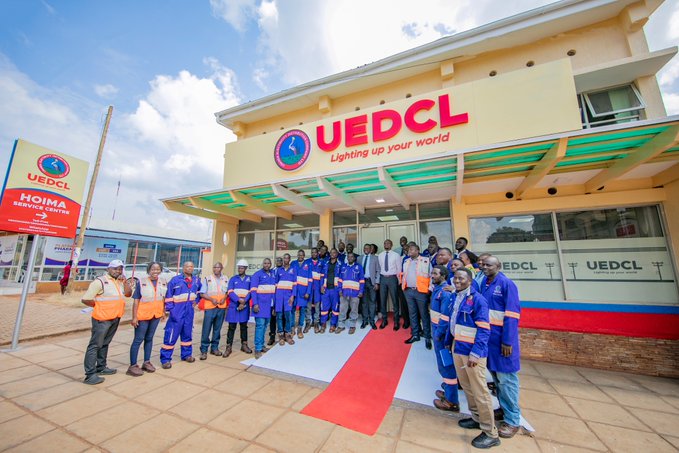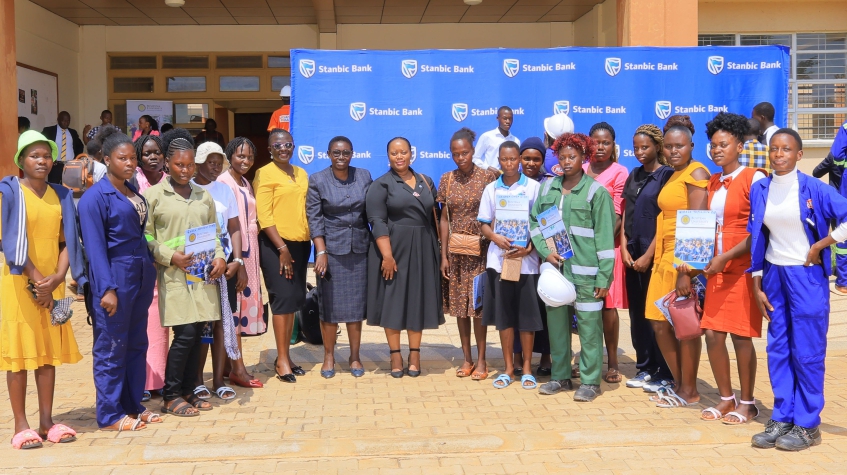From Economic Backwater To Industrial Landmark, A Case Study Of China’s High-Quality Growth
Once a poverty-stricken region blighted by adverse geographical factors and poor infrastructure, the city of Ningde has come a long way in the past decade, shaking off poverty while developing an array of leading industries.

Contemporary Amperex Technology Co., Ltd. (CATL) has been drawing increasing attention from the global electric vehicle (EV) market over the past few years.
The world’s leading automotive lithium-ion battery maker, with around one-third of the global market share, is headquartered in the city of Ningde, east China’s Fujian Province.
Once a poverty-stricken region blighted by adverse geographical factors and poor infrastructure, the city has come a long way in the past decade, shaking off poverty while developing an array of leading industries. And it is now striving to become a globally influential industrial landmark.
NEW LOOK
Fourteen years ago, when Zhan Shuzhi, along with more than 100 colleagues, was posted to a new manufacturing base in Ningde by his former employer in neighboring Guangdong Province, some colleagues grumbled about the likelihood of success given the muddy roads, inadequate facilities and inconvenient transportation.
“We will make it. I can feel the enterprising spirit of this city,” Zhan, a native of Ningde, recalled his words reassuring his colleagues at that time.
Back then, Ningde was determined and committed, more than ever, to the fight against poverty, with an aim to change its economic backwater image.
“When we first came here, only four factory buildings and two dormitory buildings stood beside mudflat,” recalled Zhan, who is now the chairman of CATL’s labor union.
Along with the rapid rise of CATL, which was founded in 2011 in Ningde, the mudflat areas have given way to rows of manufacturing plants where EV batteries are produced around the clock.
From 2012 to 2021, the city’s gross domestic product has nearly tripled to 315.1 billion yuan (about 47 billion U.S. dollars), with per capita GDP exceeding 100,000 yuan for the first time.
The boomtown has taken on a fresh new look after bidding farewell to extreme poverty. A large transport network has been built. In areas where bug swarms and villagers’ motorbikes were earlier the loudest sounds, factories are now buzzing while ports are busy handling containers.
NEW INDUSTRIAL TOWN
Ningde is ushering in a bright future with the rise of a new industrial town. The city is now home to a number of world-class enterprises besides CATL.
The world’s largest stainless steel producer Tsingtuo Group has a presence here. China’s leading carmaker SAIC Motor has built a smart factory with the largest car assembly workshop in Asia.
The city’s four leading industries — lithium-ion batteries, new-energy vehicles, novel stainless steel and copper — are developing into a complementary industrial cluster.
“Thanks to a world-class natural deep-water harbor, comprehensive transportation networks and an industrial cluster, Ningde is now full of development possibilities,” said Zhou Xiaoming, chief engineer of the Research Center of Tsingtuo Group.
The city boasts a rather comprehensive industrial chain for the four leading industries. It has more than 80 lithium-ion battery-related projects, 46 suppliers for the SAIC Ningde factory, and more than 70 projects to support Tsingtuo’s stainless steel industry.
This has greatly reduced the costs of procurement and logistics, helping the four leading industries enhance their competitiveness. In 2021, their value-added industrial output increased 59.1 percent over the previous year.
FROM POVERTY TO PROSPERITY
“As an innovation-driven new-energy enterprise, CATL has transformed itself from an industry follower to an industry leader,” said CATL’s founder Zeng Yuqun, also known as Robin Zeng.
CATL is committed to advancing the high-quality and sustainable growth of the global battery industry.
Likewise, the thriving city is determined to not only provide its people with better lives but make more contributions to global industries.
Over the past decade, nearly 190,000 people in Ningde have been lifted out of poverty, and 140,000 people have been relocated from remote mountainous areas.
“We have achieved leapfrog development in the past decade and become a new growth engine of Fujian Province,” said Liang Weixin, Party chief of Ningde.
“As scientists, we firmly believe that the cutting-edge scientific and technological progress in the new energy sector will greatly benefit the entire society,” said Wei Yimin, director of the digital research and development center of CATL’s 21C Lab.
“We are seeking to gain an advantage in the new-energy industry and lithium-ion batteries play a significant role in global energy transition,” Wei added.
“In the future, Ningde will focus on its four pillar industries and act rapidly to attain a trillion yuan in industrial output,” said Zhang Yongning, mayor of Ningde.







